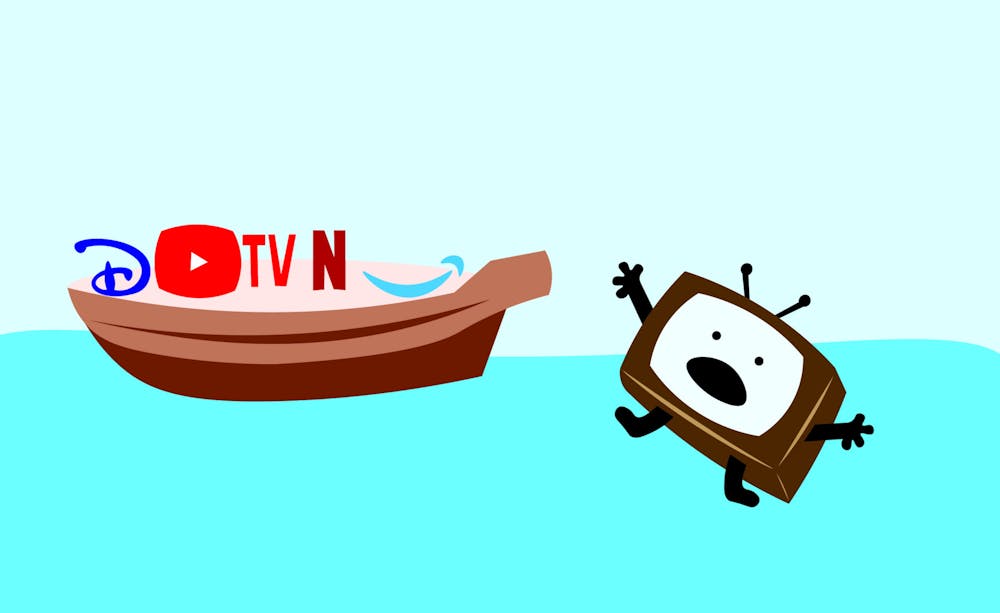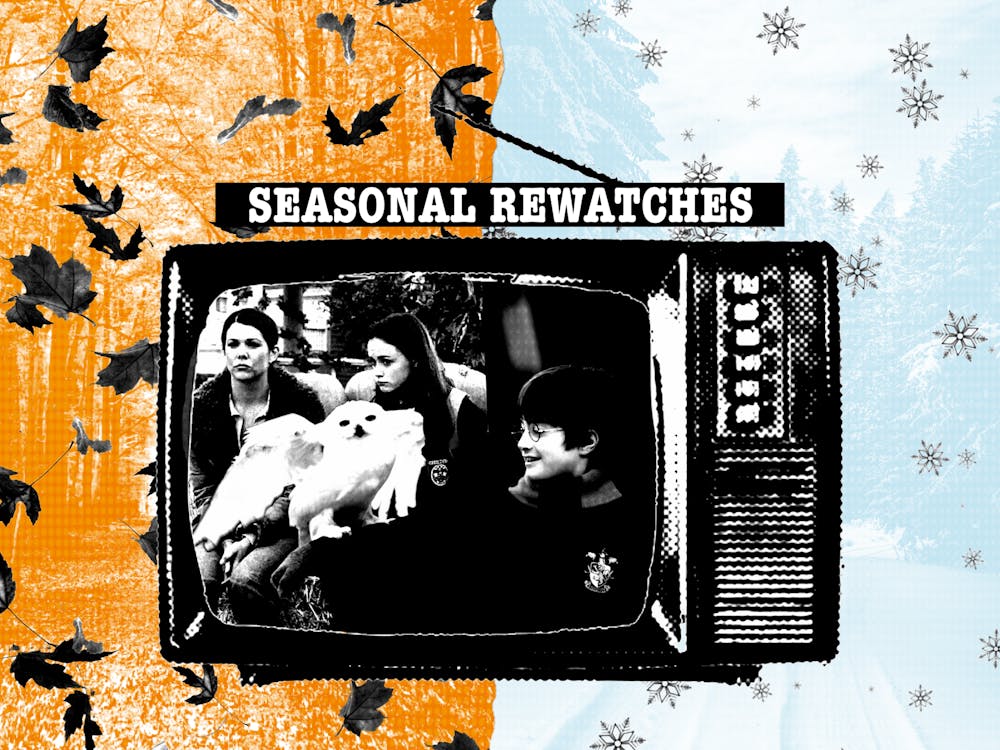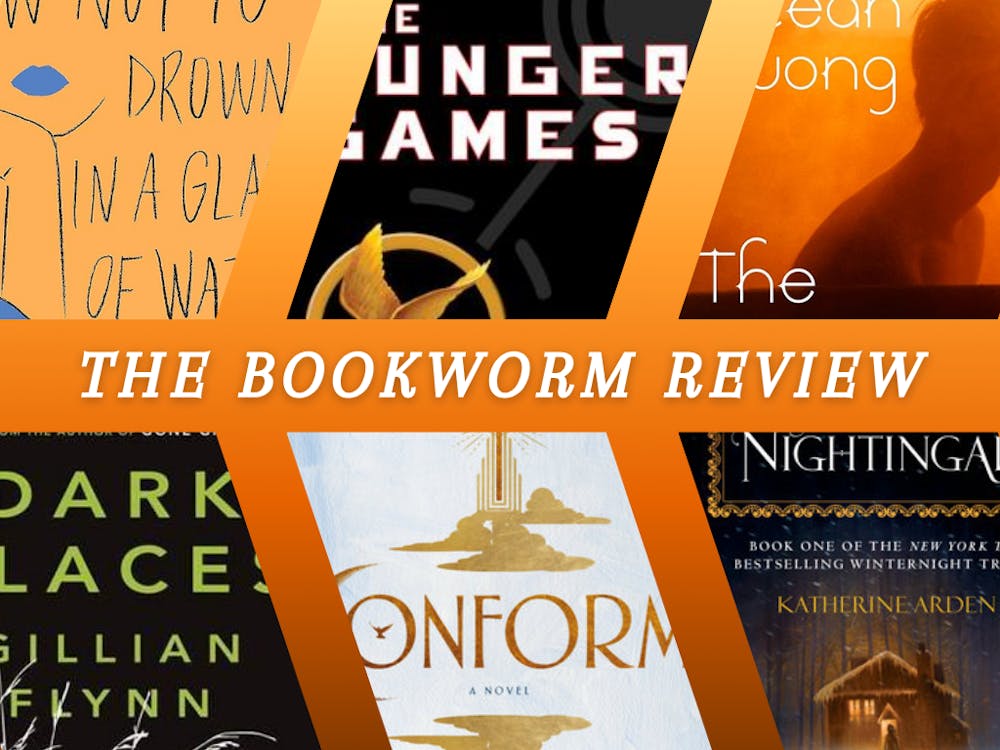Cable has been dying out, and streaming is becoming the new norm. That’s not a surprise to any college students, given it’s significantly more convenient to watch shows and movies from our devices compared to buying them individually for a larger price.
After all, what’s not appealing about watching what you want when you want? Why wouldn’t you choose the convenience of carrying your favorite shows and movies with you, instead of accessing it in one spot? How did this change become mainstream?
Ronald Becker, professor of media, communication and strategic communication at Miami University, spoke about watching the “streaming wars” take place over the years.
“I would say, with any change in technology and media consumption, these things happen unevenly.We have ‘early adopters’ who pick it up sooner than others, and it plays on different classes, generations and sometimes even race. And it’s clear with older viewers that they can be loyal to their cable in doing so,” Becker said.
It came as no surprise that Becker would note that older viewers usually express more loyalty to their cable. This raises another question – what are the pros and cons of Hulu, Netflix, Disney+ and more taking over?
“One of the big pros, and one of the advantages of the streaming to now, was the greater range of representations one could access content-tailored to one’s interests,” Becker said.
In a lot of ways that’s true. It’s 2023, and many people of different backgrounds are represented in media, such as race, religion and gender.
Becker grew up in a time where people built their lives around the timing of radio and television. It was a time where people would get one episode per week and consume a TV show in smaller portions at a time in contrast to the way shows are now released in seasons at a time.
“We became routine, we were trained to schedule our day around primetime television and around our favorite shows, and you would tune in and be home to watch it,” Becker said.
It’s a different experience to binge all the episodes at once without interruptions instead of waiting one out through commercials.
“It may not be necessarily devaluing it, but it is valued in a different way,” Becker said.
In a way, it’s not necessarily a bad thing. People still have the option to do the former if that’s their preference.
Enjoy what you're reading?
Signup for our newsletter
As far as the majority goes, students will inevitably choose what’s easier and cheaper — streaming services. In a poll on a Snapchat story for the class of 2027, students were asked which outlet people use more. 281 people voted for streaming services and 19 voted for television.
For those 19 people, Miami does provide service through Apogee Stream2. Apogee Stream2 offers two types of access. The “Personal” choice gives students the opportunity to watch and record local broadcast channels on their laptops, tablets, phones and streaming devices anywhere on campus through Miami’s network, with eight channels currently available.
The other type of access is a full channel lineup, also known as the “Community” option. This can be seen in the residence hall common areas on the university-provided TVs and Stream2 app that’s preloaded on the attached Roku device.
Whether or not expanding our choices in these outlets is a better idea than not is yet to be seen, to which Becker agreed.
“I think it’s a bit too early to tell the pros. Like what’s unclear now is one of the big pros and advantages of the streaming up to now,” Becker said.
It’s a bit soon to tell, given these changes haven’t been around for long. What works better for one person might not do so for another.
Right now, it’s always a benefit to have options, and Miami helps make alternatives for everyone.




